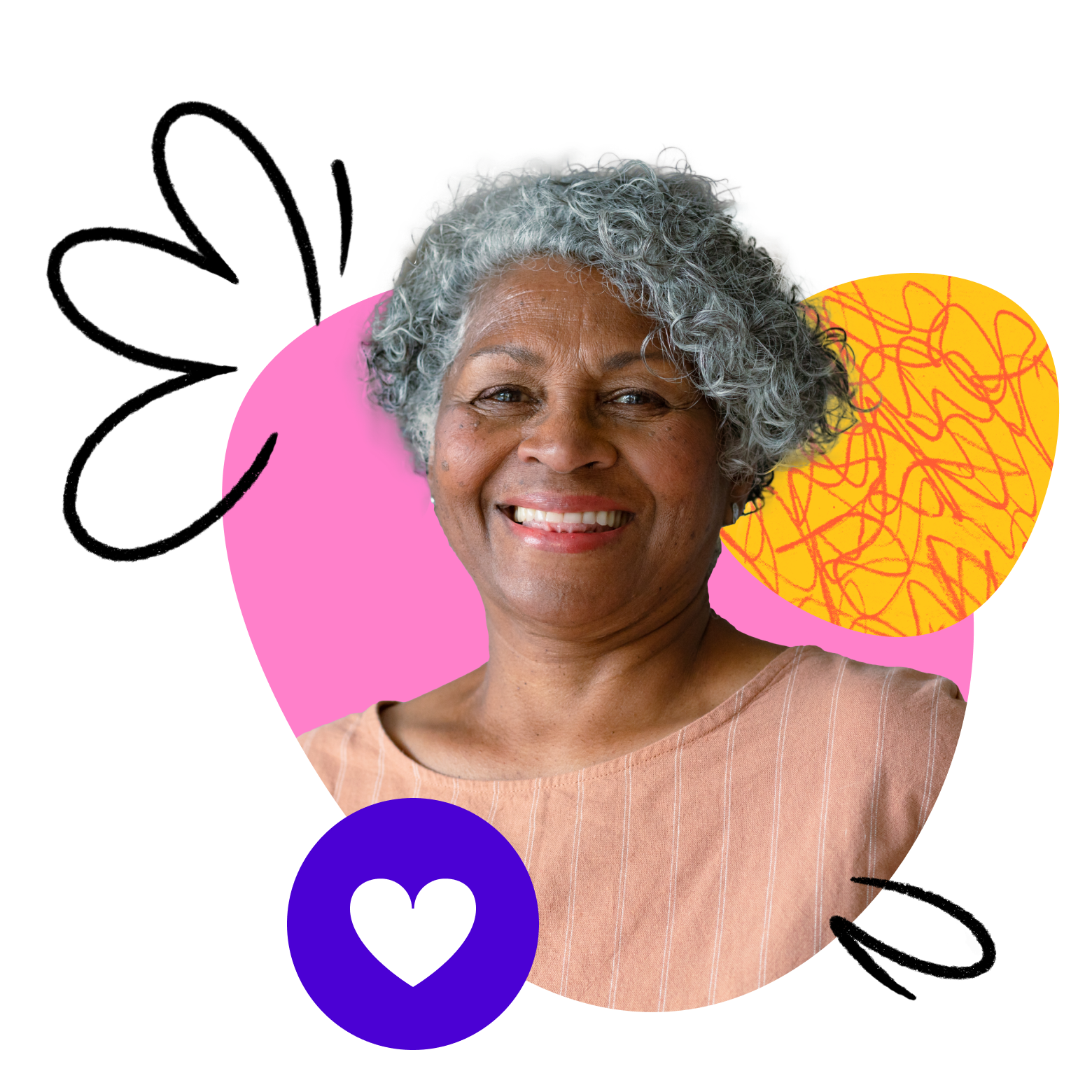A foundational piece of any brand is brand identity. A brand identity is often thought of as the personality of your business. What comes to mind when people think of your business? What images, words, and feelings are linked to your classes on Outschool for learners and parents?
Imagine you teach arts and crafts classes to learners ages 3-7. You may want families to think of your business as inspiring, colorful, and energetic! Or perhaps you teach high school students about “Weird World History.” You may want families to associate curiosity and academic excellence with your classes. As a business owner, you can use consistent imagery and messaging across your marketing and class materials to intentionally reinforce those associations.
Crafting a brand identity begins with setting up the building blocks of your brand. First, you need to establish your target audience, mission, and unique offerings as an online educator. Don’t be tempted to skip ahead without those foundational steps (outlined in this article)! Once you know what your brand stands for and what goals you want to achieve, you’re ready to dive into the creative process of defining your brand’s look and feel.
Free online design tools can make creating branding materials pretty easy, even if you aren’t a graphic designer. Educators on Outschool often refer their peers to Canva to develop brand and marketing images.
1. Brand name
Every business needs a name, and many will choose unique, easy to remember, and relevant terms when choosing one (for example, Google or Outschool). However, individual educators on Outschool are most often known by how learners and parents address them; as a sole proprietor of your business, you are often your brand! So the right name may just be “Math with Mr. Mason,” “Dr. Zara,” or simply your first and last name.
If you’re considering starting an organization on Outschool, coming up with a name should call for some creative brainstorming. Many organizations on Outschool include a nod to what subjects they teach or the fact that they are a group of educators (using words like “curriculum,” “academy,” etc.), but it really is up to you to find a name that feels right and reflects your brand’s mission and values.
Whatever name you land on, focus on making it short and memorable. You want your name to easily come to the minds of families when they’re looking for another class or telling their friends about your business.
2. Color scheme
A color scheme is a good place to start as you think about what you want your brand image to be. Colors can be just as powerful as a logo when building your brand, and you’ll want to consistently use your chosen palette when creating materials for things like advertisements, class cover photos, or your business website.
Consider which color combinations best embody your brand’s “personality.” Is your brand playful? Serious? Creative? Which colors will best reflect your tone, values, and class topics?
Once you’ve got an idea of a primary color for your brand, there are several free online tools that can help you identify complementary colors to complete your color scheme.
3. Typography
Time to dive into the seemingly endless world of fonts! Serif, sans-serif, script… there’s a lot you could learn about typography, but just keep this guiding principle in mind: choose a font that will best communicate your brand’s identity.
If you’re stumped on where to begin, think about the options you have available wherever you’ll be creating branding materials. If you use Canva, they’ve put together this guide for selecting a font (and complementary fonts) from the options on their platform.
4. Logo & images
A logo is a visual representation of your brand that helps your audience recognize and remember your business. In addition to – or sometimes instead of – a logo, some educators use a photo of themselves in class and marketing materials. This can be a great strategy for solo educators who may have past or current learners who remember them from class and may be prompted to enroll by seeing their faces!
When creating a logo, remember that whatever image you create should reflect your business’s mission, values, and services. Do you want your brand identity to be smart and sophisticated? Maybe stick with classic fonts and straightforward imagery. Do you want learners to associate freedom and fun with your classes? Look for colors and shapes that embody those feelings.
Promoting your brand identity
The key to solidifying your brand’s identity in the minds of your target audience is consistency. Be intentional about designing class listings and marketing materials to include the above elements, and think about adding to your brand the following places if it’s not there already.
Class cover images
Increase your chances of being recognized by scrolling parents or learners by sticking your brand on your cover images. As mentioned above, some educators choose to use a photo of themselves, and others may use a logo instead. Notice how in these two examples, the brand colors are repeated and emphasized using additional leaf graphics. You can add graphics to class images, change colors of clipart, and edit cover images easily in Canva or your chosen design program.


Downloadable class materials
Do you include custom documents or downloads in your class materials? Stick your logo in the corner and build up that brand awareness!
Your virtual classroom background
As you design a professional teaching space, think about how you could feature your logo or brand colors so they’re always in view while you teach.
Your business website
If you’ve built your own website for your business, your brand images, colors, and fonts should be all over it!
Marketing materials
Whether you’re designing custom flyers or creating a social media post, use your brand elements everywhere you promote your business. If you advertise your classes off of Outschool, you can even use the Outschool logo (following these guidelines) in your promotions. Essentially, you can leverage our brand to get learners for your classes.
Developing a brand identity helps you create a memorable and intentional experience for learners and parents. By weaving these specific features into every class, marketing material, and communication you have with families, you can build a stronger relationship with your audience and grow your teaching business.
Establish your brand identity to attract more learners
As you develop your brand, consider checking out the educator events calendar and signing up for Outschool’s Business Coaching cohorts or joining an educator community group for live feedback and support as you grow your business. Continue your learning on the Library by checking out resources like:

